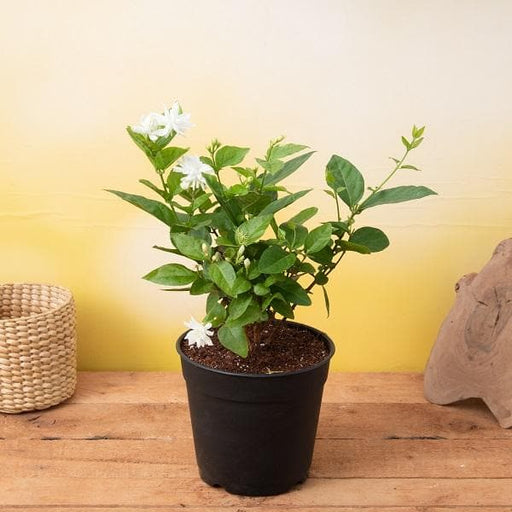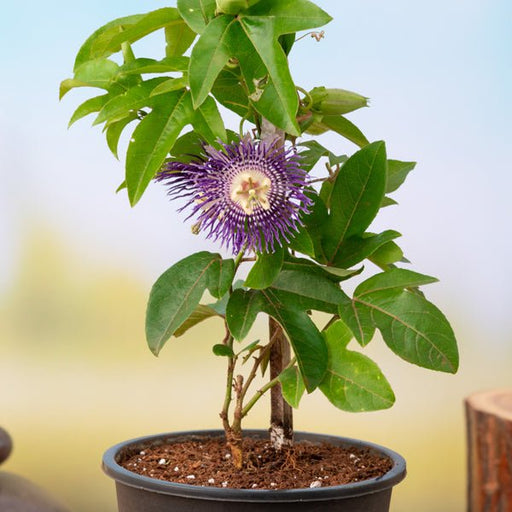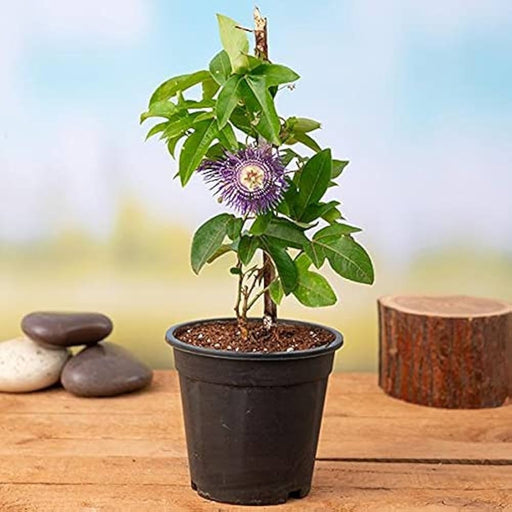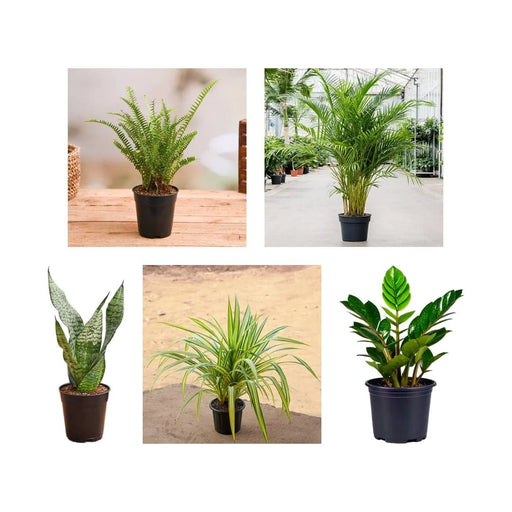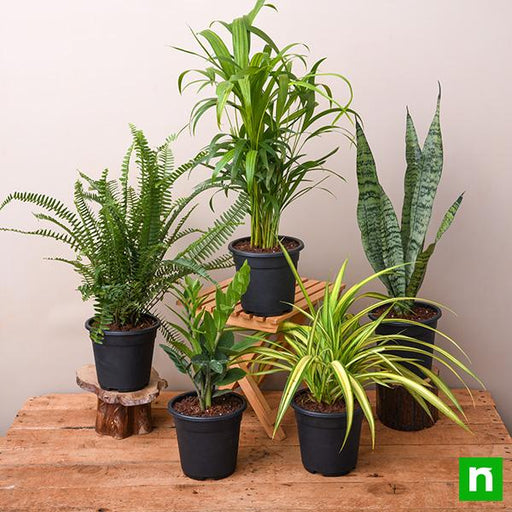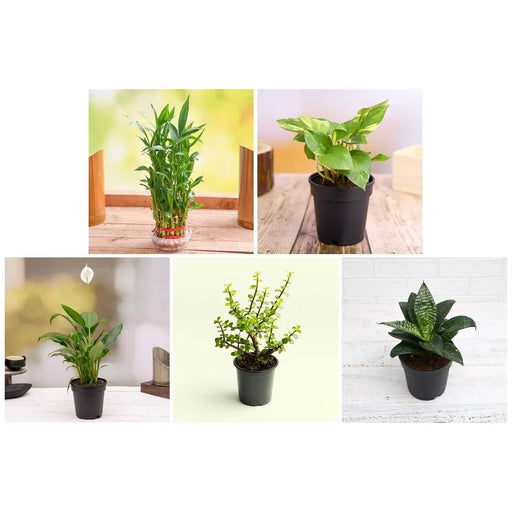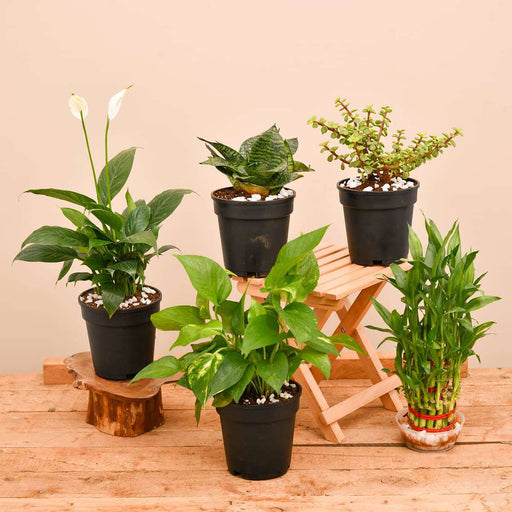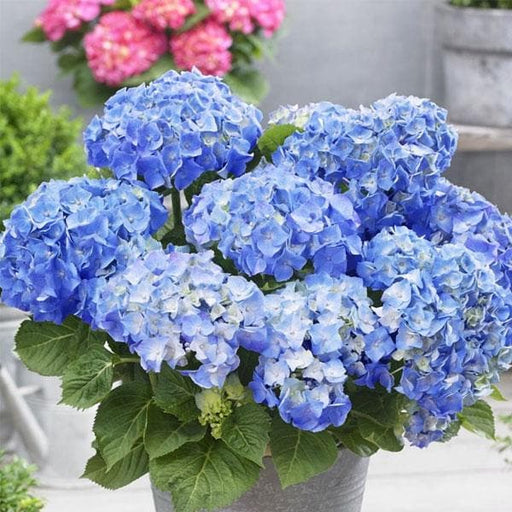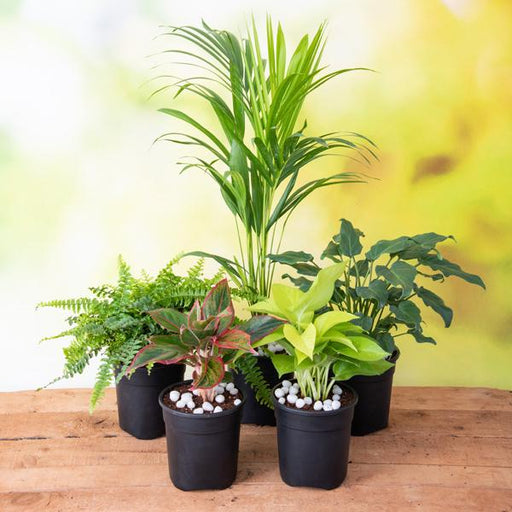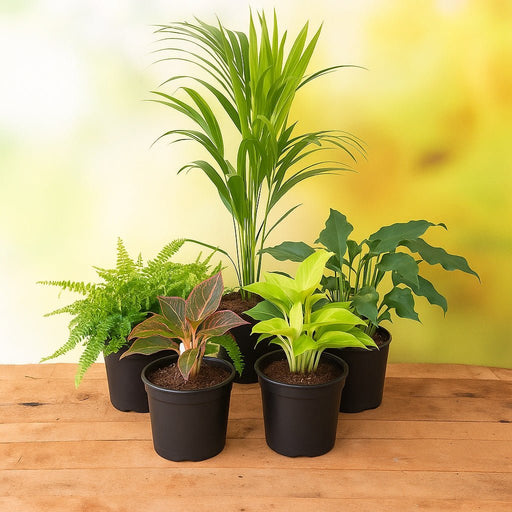Butterfly attracting plants
Butterflies are attracted to colorful flowers with nectar-rich centers, such as Lantana, Verbena, and Zinnia. By planting these butterfly-friendly flowers, you can help sustain the local butterfly population and create a beautiful garden in the process.
Bird-friendly plants
Birds are attracted to plants with berries, fruits, and seeds. Some of the bird-friendly plants include Sunflower, Coneflower, and Black-eyed Susan. By planting these plants, you can attract a variety of birds to your garden and create a beautiful natural habitat.
Plants that attract hummingbirds
Hummingbirds are attracted to bright red, orange, and pink flowers with nectar-rich centers, such as Fuchsia, Bee balm, and Salvia. By planting these hummingbird-friendly plants, you can create a beautiful garden and attract these tiny birds.
Plants that attract songbirds
Songbirds are attracted to plants with berries, fruits, and seeds, such as Holly, Viburnum, and Elderberry. By planting these songbird-friendly plants, you can create a beautiful natural habitat and attract a variety of birds to your garden.
Pollinator-friendly plants
Pollinators, such as bees, butterflies, and hummingbirds, are attracted to plants with brightly colored flowers with nectar-rich centers, such as Milkweed, Coneflower, and Goldenrod. By planting these pollinator-friendly plants, you can help sustain the local pollinator population and create a beautiful garden.
Plants that attract finches
Finches are attracted to plants with small seeds, such as Thistle, Sunflower, and Coneflower. By planting these finch-friendly plants, you can attract these colorful birds to your garden and create a beautiful natural habitat.
Plants that attract bees
Bees are attracted to plants with brightly colored flowers with nectar-rich centers, such as Lavender, Sage, and Rosemary. By planting these bee-friendly plants, you can help sustain the local bee population and create a beautiful garden in the process.
Plants that attract Monarch butterflies
Monarch butterflies are attracted to Milkweed, which is the only plant that their larvae can feed on. By planting Milkweed, you can help sustain the local Monarch butterfly population and create a beautiful garden in the process.
Plants that attract Swallowtail butterflies
Swallowtail butterflies are attracted to plants with brightly colored flowers with nectar-rich centers, such as Butterfly bush, Coneflower, and Black-eyed Susan. By planting these Swallowtail butterfly-friendly plants, you can create a beautiful garden and attract these colorful butterflies.
Plants that attract Orioles
Orioles are attracted to plants with small, sweet fruits, such as Mulberry, Serviceberry, and Raspberry. By planting these Oriole-friendly plants, you can attract these beautiful birds to your garden and create a beautiful natural habitat.
Plants that attract woodpeckers
Woodpeckers are attracted to plants with berries and insects, such as Dogwood, Serviceberry, and Oak trees. By planting these woodpecker-friendly plants, you can attract these unique birds to your garden and create a beautiful natural habitat.
Plants that attract cardinals
Cardinals are attracted to plants with berries and seeds, such as Holly, Viburnum, and Sunflower. By planting these cardinal-friendly plants, you can attract these beautiful birds to your garden and create a beautiful natural habitat.
Plants that attract Goldfinches
Goldfinches are attracted to plants with small seeds, such as Thistle, Sunflower, and Coneflower. By planting these Goldfinch-friendly plants, you can attract these beautiful birds to your garden and create a beautiful natural habitat.
Attracting birds to your garden
Learn how to create a bird-friendly garden and which plants are perfect for attracting birds.
Plants for hummingbirds
Hummingbirds are beautiful and fascinating creatures, and there are certain plants that can attract them to your garden.
Butterfly garden plants
Create a beautiful butterfly garden with these plants that are perfect for attracting these delicate creatures.
Plants for bee gardens
Bees are essential to our ecosystem, and creating a bee garden is a great way to help support them. Learn which plants to choose for your bee garden.
Native plants for wildlife
Planting native species in your garden is not only beneficial for the environment, but it can also attract a variety of wildlife, including birds and butterflies.
Creating a wildlife habitat garden
Turn your garden into a sanctuary for wildlife with these tips on creating a habitat garden.
Plants for songbirds
Songbirds are a delight to watch and listen to, and there are certain plants that can attract them to your garden.








